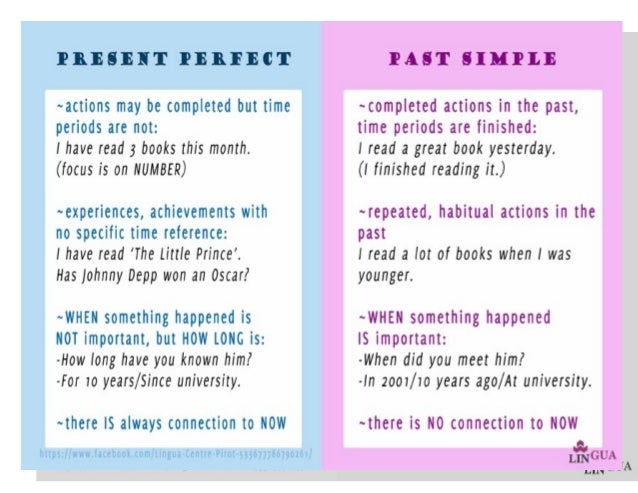For teachers: A quick glance at the stages of second language acquisition of grammar for RE teachers
(Taken from "How Languages are Learned" by Patsy M Lightbrown and Nina Spada. (2007) Oxford Handbooks for Language Teachers).
Useful for editing grammar items in RE assessments.
This page is intended to help teachers identify the stages the ELL student is at in grammar acquisition.
This research shows ESOL students master
First, -ing (progressive), plural, copula (to be)
Second, auxiliary (progressive as in "He is going")
Third, irregular past
Finally, regular past -ed, third person singular -s, possessive's
(Krashen's (1977) summary of second language grammatical morpheme acquisition sequence)
He don't like it. I don't can sing.
Stage 3- You can not go there. He was not happy.
She don't like rice. (don't form not analysed)
They come not [to] home.
Stage 4 "Do" is marked for tense, person and number. Auxiliary and verb can be still confused.
I didn't went there.
Stage 1 Single words, formulae or sentence fragments. Eg Dog? For children?
Stage 2 Declarative word order, no inversion, no fronting.
It's a monster in the right corner? The boys throw the shoes?
Stage 3 Fronting: "do," "wh", no inversion, other fronting.
Do you have a shoes on your picture?
Where the children are playing?
Does in this picture there is four people?
Is the picture has two planets on top?
Stage 4 Inversion in "wh"+copula, yes/no questions with other auxiliaries.
Where is the sun?
Is there fish in the water?
Stage 5 Inversion in wh questions with both auxiliary and a main verb.
How do you say "procedure"?
What's the boy doing?
Stage 6 Complex questions
Questions tag: It's better, isn't it?
Negative question: Why can't you go?
Embedded question: Can you tell me what the date is today?
Stage 1 No use of "his" or "her". Definite article or "your" used for all persons, genders and numbers.
The little boy play with the bicycle
He have band aid on the arm.
This boy cry in the arm of your mother.
There is one girl talk with your dad,
Stage 2 Emergence of "his" and "her" but with a strong preference to use only one of the forms.
The girl is making hisself beautiful. She out the make-up on his hand, on his head and his father is surprise.
Stage 3 Differentiated use of "his" and "her" but not when the object possessed has natural gender.
The girl fell on her bicycle. She look his father and cry.
Stage 4 Error-free use of "his" and "her" in all contexts including natural gender and body parts.
Reference to past
Stage 1
Learners refer to events in the order they occur or mention a time or place to show that events occurred in the past.
My son come. He work in the shop.
Stage 2
Attach a grammatical morpheme marking the verb for past may not be the right.
Me working long time. Now stop.
Stage 3
Past tense forms of irregular verbs may be used before the regular past is used reliably.
We went to school every day. We spoke Spanish.
Stage 4
After they begin marking past tense on regular verbs, learners may over generalise the regular "ed"
My sister catched a big fish.




:max_bytes(150000):strip_icc():format(webp)/ask-and-answer-questions-1210033_v3-01-5b60c74c46e0fb0050de4da4.png)





Comments
Post a Comment